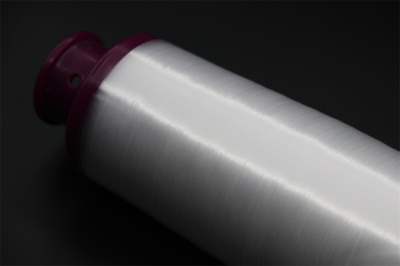
Optimization of Thermal Design for Composite Battery Enclosures
2024-06-07 13:46
Preventing Thermal Runaway in Batteries
The greatest threat to batteries is thermal runaway, where the generated heat exceeds the dissipation rate, triggering a series of exothermic reactions. This can lead to fires and total battery failure, affecting other vehicle components. To prevent and contain thermal runaway, battery design incorporates compression pads, module enclosures, and battery casings. Compression pads are placed between cells to prevent heat propagation, while module enclosures group cells to contain thermal runaway within modules. Finally, these modules are housed in a battery casing to protect the vehicle's other parts from thermal runaway effects.
Battery Enclosure Design
Electric vehicle battery enclosures vary significantly in design, shape, and size, depending on the battery type, cooling requirements, module distribution, and application. Generally, a module enclosure consists of:
A base housing,
An outer casing,
A connection plate linking internal and external components,
An exhaust valve for pressure balance or gas release during thermal runaway.
Material Selection for Battery Enclosures
Materials used for battery enclosures must have high thermal performance, good mechanical properties, and be lightweight. Traditionally, aluminum and steel have been preferred for their heat resistance and suitability for mass production. However, metal materials' mass cannot be well-controlled, particularly for hybrid and electric vehicles, where lower vehicle mass means higher energy density and longer range. Currently, batteries can account for up to 50% of a vehicle's total mass.
Composite Materials
Composite materials offer a lightweight alternative and can potentially surpass metals in many aspects, although they are more complex and costly. For example, a carbon fiber reinforced polymer enclosure developed for motorsport clients replaced an aluminum enclosure weighing 6.7 kg (14.8 lbs) with a composite one weighing just 616 grams (1.35 lbs), achieving a 91% weight reduction. Carbon fiber thermoset prepregs were used for their high thermal and mechanical performance. Carbon fiber provides strength and rigidity, while high-grade resin systems, such as epoxy, are pre-impregnated. However, manual lay-up processes, long cure times, and reliance on autoclaves limit the production of prepreg battery enclosures.
Another advantage of composite materials is the ability to optimize fiber orientation to meet specific load requirements of each battery enclosure. Finite element analysis (FEA) is extensively used in the design process to determine fiber direction and the required number of layers, ensuring high rigidity and strength while maintaining light weight. Metal's isotropic properties still provide advantages, often used around bolted connections to offer additional strength and stiffness. Software like Hypermesh and Optistruct simulate the anisotropic composite materials of battery enclosures.
Electrical Insulation
Electrical insulation is another consideration when developing battery enclosures. Since carbon fiber is conductive, glass fiber layers are integrated into the laminate to insulate specific electronic components.
Certification
To ensure the thermal performance of batteries and enclosures, they must pass various safety tests and standards for certification. The first standard is UN38.8, which ensures lithium batteries' safety during transport through eight tests, including altitude simulation, thermal testing, vibration, shock, external short circuit, impact and crush, overcharge, and forced discharge. Batteries also need certification under ECE R100 REV2, which outlines necessary tests for lithium batteries installed in four-wheeled electric vehicles for transporting people or goods. In aviation, other standards like DO311A and DO160G must be considered.
Battery Thermal Simulation
For battery enclosures, composite materials must meet UL94 flammability safety standards, involving several surface, vertical, and horizontal burn tests. Controlled flames are applied to the material multiple times over a specific period, and the material's continued burning time, as well as evidence of burn-through or flaming drips, determine if it meets UL94's V0, V1, or V2 ratings. The faster the flame self-extinguishes, the stronger the material's resistance, with V0 being the highest rating, extinguishing within 10 seconds without flaming drips.








